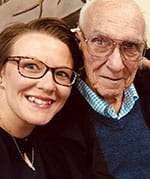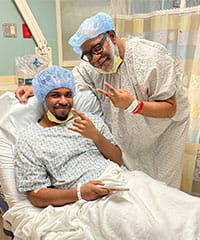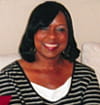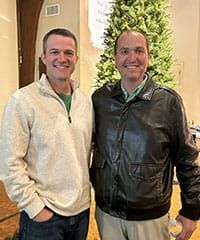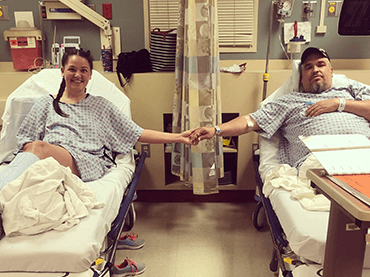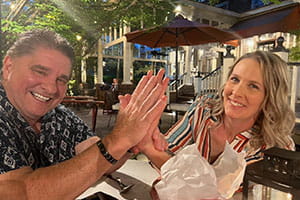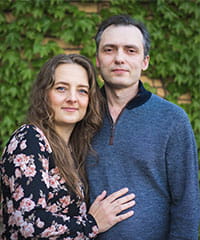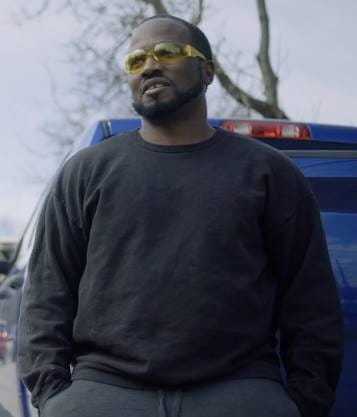
Kim Watt faced an unexpected battle with liver disease after years of being symptom-free and was placed on the transplant waiting list at UPMC. In December 2023, she received a life-changing call – an anonymous living donor had stepped forward. In February 2024, Kim underwent a successful liver transplant.



















